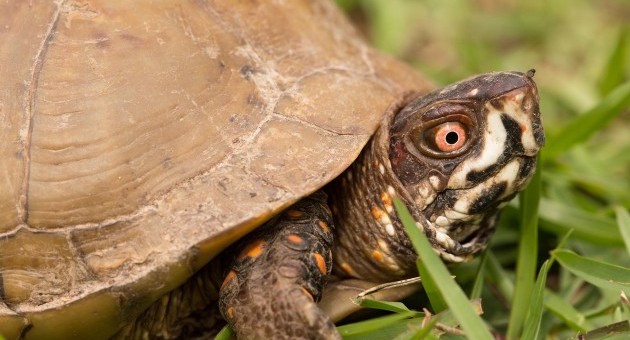The Agricultural Research Service of the US Department of Agriculture is involved in two studies to determine the impact of cattle on land and streams. In Pennsylvania, the ARS has teamed up with the American Farmland Trust to study the advantages and disadvantages of keeping dairy herds on intensely managed pasture instead of confining the cattle and feeding them hay and grain. Dubbed the Cove Mountain Project, this effort is in its second year. Using a system made popular in Europe and New Zealand, the researchers have put 150 Holstein and Jersey dairy cows on pasture to determine whether the animals have an adverse impact on streams and forage plants. Scientists check various recording equipment weekly to determine chemical levels in the water among other effects.
In the US, dairy farmers generally confine their cattle. The research is being conducted to determine if pasturing can raise the profit per cow by reducing feed and labor costs without harming the environment. The Cove Mountain Project research report is available from ARS at www.ars.usda.gov/is/AR/archive/oct99/dairy1099.htm
Cattle improve diversity
The second ARS study is the longest-running rangeland grazing experiment in the world. Conducted on the Great Plains, the study monitors the impact of grazing cattle on the environment.
Started after the Dust Bowl in 1937 on lands plowed or overgrazed and later abandoned by farmers, the project has placed young heifers on the range for five-to-six months per year since 1939. Scientists say the project proves that moderate grazing improves both ranching profits and plant diversity. "Plant diversity is highest when high numbers of plant species are combined with a more even distribution of production among species," the ARS report said. "(Richard H.) Hart and his colleagues found 46 species of plants on the moderately grazed land, compared to 43 under heavy grazing and 36 under light grazing."
In a comparison with ungrazed land, Hart's team found that the number of plant species was the same as that found on moderately grazed land, but that prickly pear made up more than half of the total vegetation. On moderately-grazed land, prickly pear made up about 20 percent of the vegetation. For more information, contact Richard Hart, USDA-ARS Rangeland Resource Unit, 8408 Hildreth Road, Cheyenne, Wyoming 82009-8899; (307) 772-2433, or see the May 1999 issue of Agricultural Research magazine.
 |
Like this article? Don’t forget to share, like or follow us |
 |
NAIA WEEKLY ROUNDUP
FEATURED & LATEST ARTICLES
GET THE NAIA WEEKLY ROUNDUP VIA EMAIL FOR FREE
Stay Connected with The NAIA: Sign Up for The Weekly Roundup
Join our FREE newsletter and community of animal advocates and receive The NAIA Weekly Roundup straight to your inbox. Stay in the loop with the latest news, events, and ways you can make a difference in the lives of animals. Sign up now to stay informed to create positive change!
Sign Up




 A Question of Neglect, A Legendary Primatologist Passes Away, and More!
A Question of Neglect, A Legendary Primatologist Passes Away, and More!
 Shelter Spay Pushback, A Contentious Ostrich Cull, and More!
Shelter Spay Pushback, A Contentious Ostrich Cull, and More!
 Bad Dog Stories, Goodbye Cephalopod, and More!
Bad Dog Stories, Goodbye Cephalopod, and More!
 A Conference Call for You, A Fallen Elephant, and More!
A Conference Call for You, A Fallen Elephant, and More!


